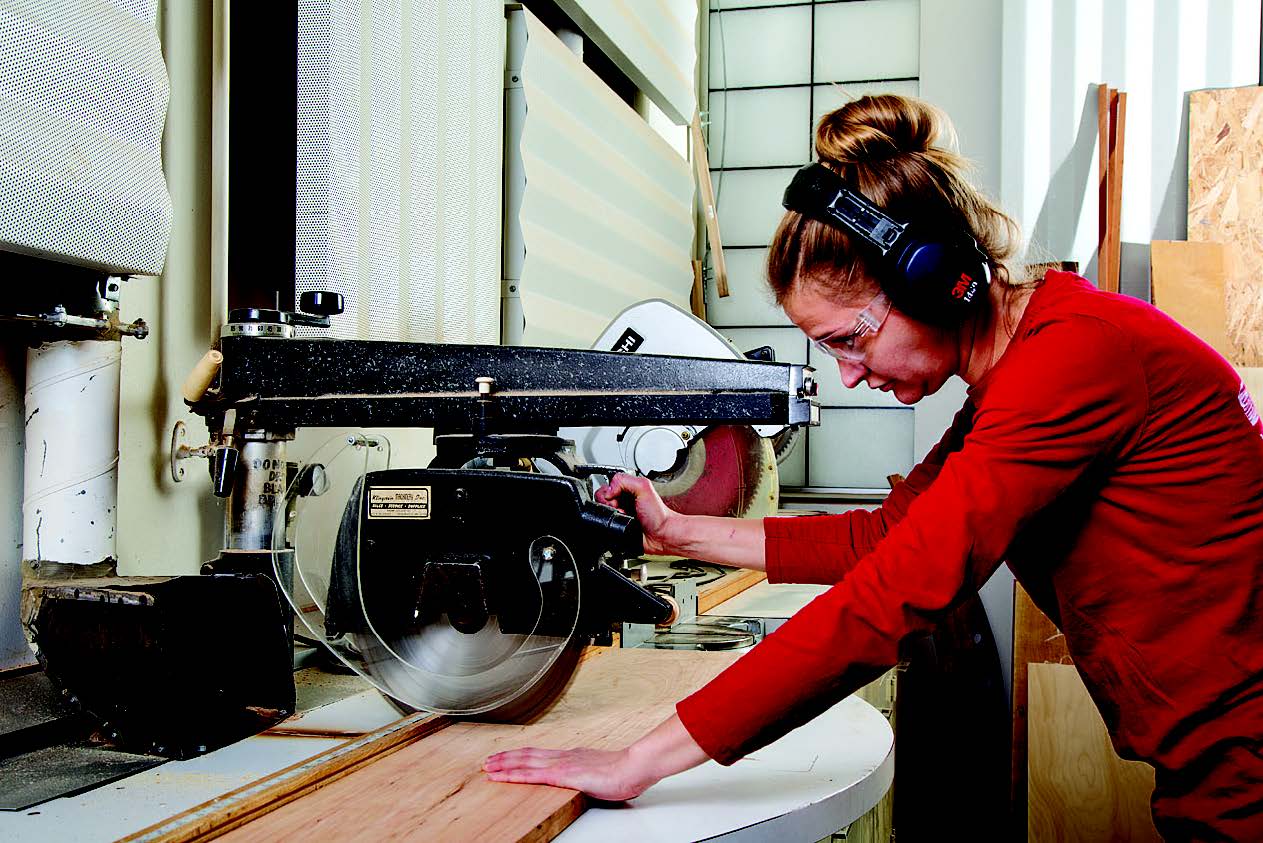
I recently started woodworking again. I have a 35-year old radial arm saw that had some blade play and was extremely noisy. New bearings did the trick and now it works great. Hollow-ground planer blades work great, but finding a carbide blade that cuts smooth without splintering is not working out (and getting expensive) and blades for compound miter saws do not work well.
Editor’s Note: Craftsman® Radial Arm Saws of the above vintage have been recalled due to a problem with dangerous kickbacks.
Michael Dresdner: Try speaking to the fine folks at Forrest Saws, and ask about their Woodworker I line of blades. But getting a great blade will only prevent splintering if the radial arm saw is running true on its track, and if the arbor is spinning true. (Yes, you can have arbor problems even with new bearings, if the arbor itself is not straight.) Check all other travel of the saw, tighten up any variation, and then spring for a good blade, and you should see a substantial improvement.
Rob Johnstone: There are a number of really high quality circular saw blades on the market right now. In fact, my associate Ian Kirby has questioned whether the average woodworker can even appreciate how good they are. Splintering can be caused by a number of things. As Michael said, you need to be sure that you saw is tracking proplerly, a consistent problem with radial arm saws. If the table your work sit upon – as you cut with the saw – is all chopped up and full of voids, replace it. Also, opening that your saw moves through on the fence should be only a saw-kerf wide. All of these little details should add up to better cutting.





